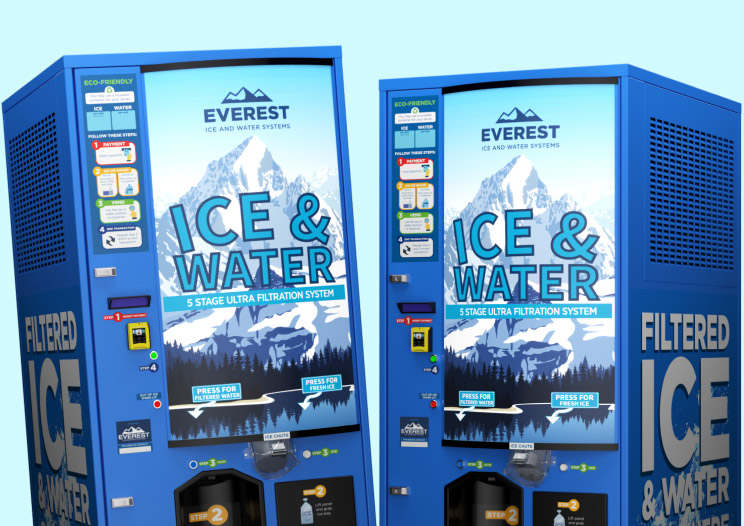About Everest
We started this company with one major goal, to revolutionize the way that ice was delivered.
Fast Facts
- Year Founded: 2016
- Headquartered in Apopka, FL., USA
- 22,400 square feet of facilities
- 50+ employees
- 1,200+ machines sold
- Machines sold in 45+ states and territories, 8+ countries
Company History
In 2008, three men on a mission in Africa noticed a lack of clean water and refrigeration in many rural parts of the region. With this important need to be filled, they decided to start a charitable program called Akoona, providing ice and water to those communities in need.
They needed a machine that could provide ice and water, but one that could also be maintained easily “in the bush” – thus, the VersaVend barrel was born. The design was so efficient, it caught the attention of national parks in Africa looking to provide vended ice and water for visitors.
Operations eventually moved to Carnegie, Pennsylvania where the Akoona ice and water vending equipment was manufactured by Jennison Ice for resale through a distribution network under the Akoona name as well as other custom brands. In 2016, the go-to-market strategy for the company shifted to a direct-to-end-user model, and the company was reborn as Everest.
What started as a small charitable endeavor is now a multimillion-dollar organization supplying ice and water vending machines on a global scale. We have seen many exciting changes throughout our growth, but the core values of our origins remain consistent in everything we do today. Just as the original company was founded to do, we still strive to provide clean water and fresh ice to communities all around the world.
From humble roots to one of Inc. 5000’s fastest-growing companies in the country, Everest has seen exponential growth. In the past two years alone, demand for the Everest Summit has been explosive, ranking it the most popular ice and water vending machine on the market. To meet that demand, Everest has increased its workforce by 172% since the beginning of 2021 and expanded its facilities by 300%.
Headquartered in Apopka, FL. since 2019, Everest continues to grow and disrupt the industry with innovative technology and eco-friendly alternatives designed to make life easier and business better. Improvement means being open to change, because success doesn’t come from stagnation. At Everest, we’re Always Climbing.
Mission
Our mission is to replace the ineffective ice delivery service with an eco-friendly alternative of ice made at the source using the most advanced proprietary components in the industry. Our dedicated and diverse workforce aims to provide the best equipment and service to help entrepreneurs and business owners achieve financial independence.


Selling Ice From Lakes
The 1800s was the birth of the ice industry. Frederic Tudor, the “Ice King” of Boston, felt people across the world would like the chilled beverages... Read more
Manufactured Ice and Refrigeration
With the rise of electric refrigeration technology, in addition to the increased quality of bulk ice manufacturing, the industry would step into the modern era... Read more
The Invention of Ice Vending
The companies established in the previous century continued to (and often still do) operate the same way, aside from occasional updates in transportation, technology, and facilities along with the standard pace of advancements at the time... Read more
Perfecting Ice Vending
Although the introduction of ice vending was a huge improvement for the industry, the complicated mechanisms and massive machinery left a lot of room for improvement and innovation... Read more
1800s: Selling Ice From Lakes
The 1800s was the birth of the ice industry. Frederic Tudor, the “Ice King” of Boston, felt people across the world would like the chilled beverages previously enjoyed only by the upper class, and in limited areas. Here’s how it worked:
- Workers cut the ice in large blocks from the lakes, storing them in ice houses built and insulated with timber, hay, sawdust, and other materials.
- Next, the ice was packed, insulated with similar materials, and transported using wagons, railroads, and ships.
- The final stop in the old ice supply chain was the horse-drawn ice wagon. “Icemen” would deliver 25-, 50-, and 100-lb blocks of ice to houses once or twice a day. The block would be placed in customers’ houses in an icebox - an early refrigeration device, before electricity would bring in the modern refrigeration system we are familiar with today.
1900s: Manufactured Ice and Refrigeration
With the rise of electric refrigeration technology, in addition to the increased quality of bulk ice manufacturing, the industry would step into the modern era. In fact, some of the same ice delivery services you’re familiar with today got started in the 1920s (and little has changed in the way they operate since).
In New York alone, plant ice production doubled in the first decade of the 1900s, and by 1914, artificial ice had overtaken natural ice in the United States. Modern refrigerators had become common in U.S. households by the 1930s, allowing people to make their own ice right at home. At the end of the 20th century, there was very little left of the natural ice trade.
2000s: The Invention of Ice Vending
The companies established in the previous century continued to (and often still do) operate the same way, aside from occasional updates in transportation, technology, and facilities along with the standard pace of advancements at the time. Here’s how it looks:
- Ice is manufactured and bagged in a plant (or ice house).
- The bags are packed onto pallets.
- The pallets are moved by forklift and stored in freezers until it’s time to ship.
- The pallets are loaded onto a refrigerated truck.
- Delivery drivers can make around two dozen stops to deliver ice to various retailers.
- The ice bags are unloaded, sometimes using a pallet jack, dolly, or other equipment, and stacked inside the merchandiser.
- The customer travels to the retail location and pays the attendant who unlocks the merchandiser for the customer.
Sound familiar? Some in the industry thought so, and decided to invent the ice vending machine, a more sanitary way to sell ice made on the spot with no additional employees or inventory necessary.
The first ice vending machines were the sizes of small buildings, utilizing a series of belts, chains, motors, augers, and other complex machinery to accept payment and dispense bags of ice automatically. Despite the complex machinery, the process for manufacturing and selling ice was drastically simplified:
- The customer approaches the machine and inserts payment.
- At the push of a button, the machine dispenses a bag of ice from a chute.
2010s: The Invention of Ice Vending
Although the introduction of ice vending was a huge improvement for the industry, the complicated mechanisms and massive machinery left a lot of room for improvement and innovation. Augers and beater bars don’t just cause numerous maintenance problems for the machine owners, but often end up crushing the ice the customers are buying.
Enter Everest, with the revolutionary VersaVend barrel. By eliminating the reliance on outdated technology, we introduced the most advanced ice and water vending machine on the market with only ONE MOVING PART.
With the smallest footprint at only 20 square feet (or half the size of a standard parking space), retailers and entrepreneurs have more flexibility in where they can place their business, saving several thousands of dollars on permits, maintenance, and the machine itself.
Everest is also the first - and only - ice vending manufacturer in the industry to offer water vending in the machine as a standard feature, creating two revenue streams in one plug-and-play business.
Additionally, with growing awareness and concerns around environmental issues, we wanted to eliminate wasteful practices in favor of eco-friendly alternatives. By creating a high-efficiency machine with bulk ice vending and water recycling components, we have drastically reduced the waste of single-use plastics and eliminated excessive water waste - all while using far less energy than the older machines.
For customers, that means clean, safe, high-quality ice and water at a lower price. For machine owners, that means less maintenance, a faster ROI, and a truly passive income.
Awards

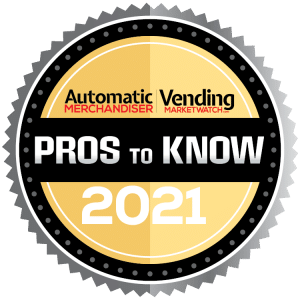

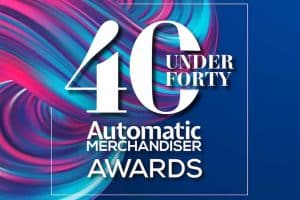


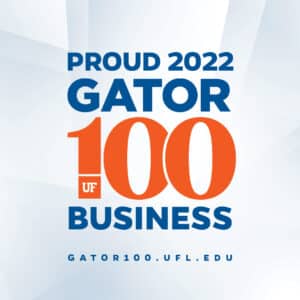

What Our Machine Owners Say
“The technology and the simplicity was what really got us to Everest, and the service since the very first phone call is honestly what led us to go ahead and say ‘We want to partner up, get some machines made, and continue to expand’ – and Everest has been right beside us the whole time.”
– Steve, Beachside Ice LLC
“Everest was the top company, the top pick for me, just based on the size of the machine, the flexibility of the machine, and the comfort level I had with the company itself.”
– Tom, Coastal Water and Ice



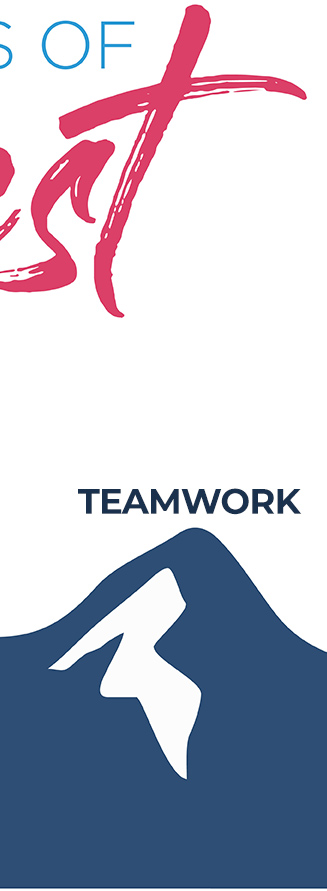


NAMA Certified
National Automatic Machine Association (NAMA) is a third party association offering certification to vending machine manufacturers whose machines meet the public health requirements set by the U.S. Food and Drug Administration.
Not all Ice and Water vending machines are NAMA-certified; Everest’s machines are.
Why is it important that Everest Ice and Water vending machines are NAMA-certified? It means that our machines are built with your customers health and safety in mind. Secondly, NAMA certification is third party certification that our machines are manufactured in a way that meets public health, safety and industry guidelines. Purchasing a NAMA-certified ice vending machine demonstrates that you as a vendor also value the health and safety of your customers. For a more detailed description of the process required to be NAMA-certified, click here.

CTEP Certified
DMS’ California Type Evaluation Program (CTEP) evaluates a device according to California’s Laws and Regulations. The purpose of type evaluation is to certify that the design and performance of a new commercial weighing or measuring device model is suitable for its intended use, is accurate, operates correctly, has all required markings, and prevents the facilitation of fraud.
Not all Ice and Water vending machines are CTEP-certified; Everest’s machines are.
Why is it important that Everest Ice and Water vending machines are CTEP-certified? It means that our machines are built to be as accurate as possible, making sure your customers get exactly what they paid for.
